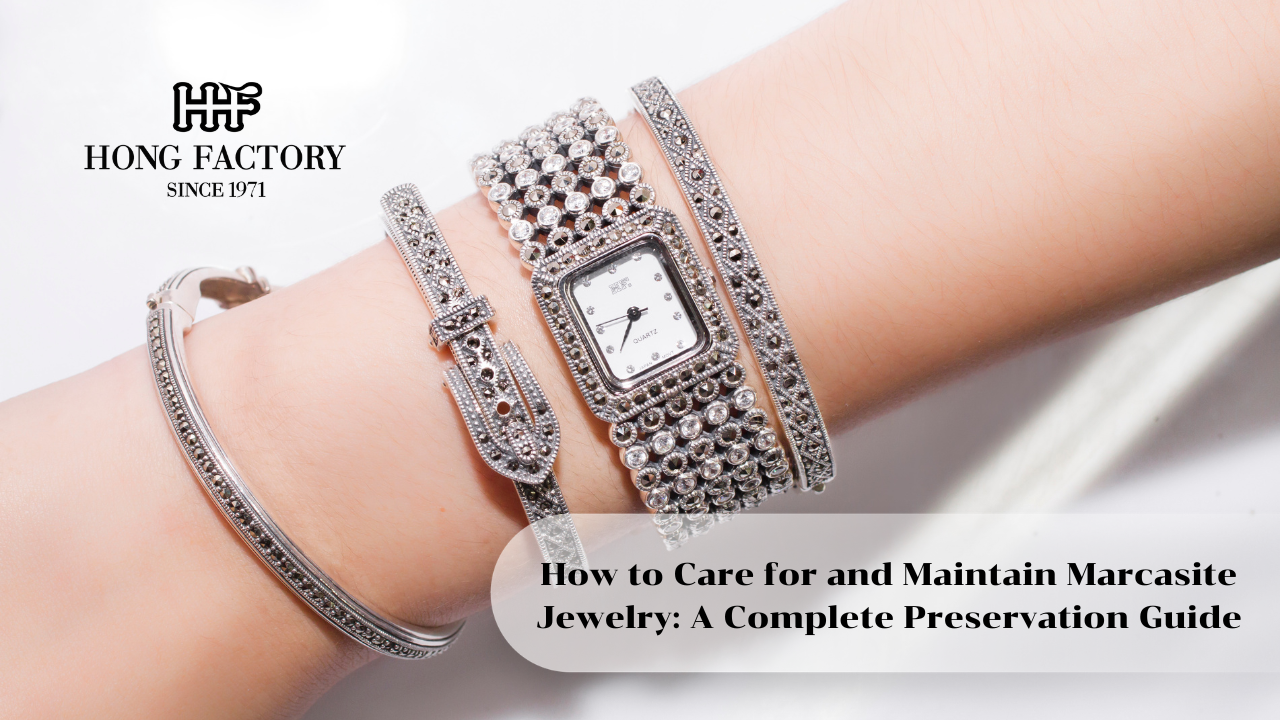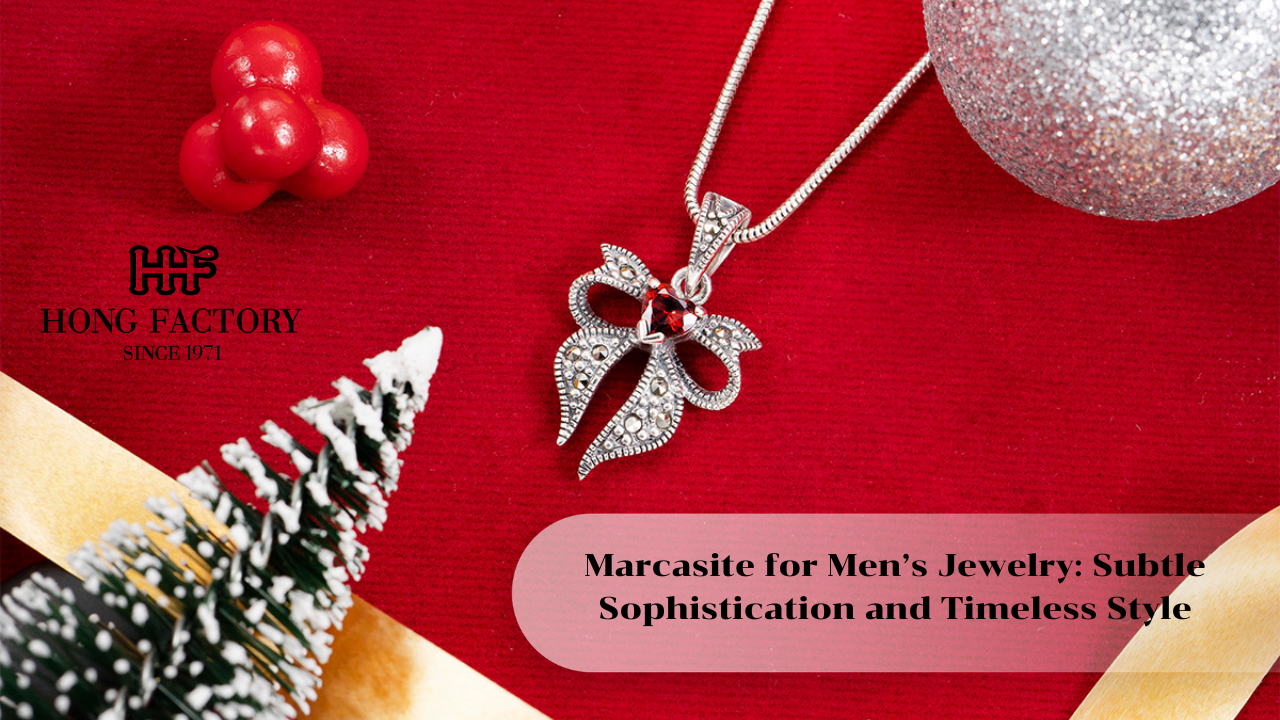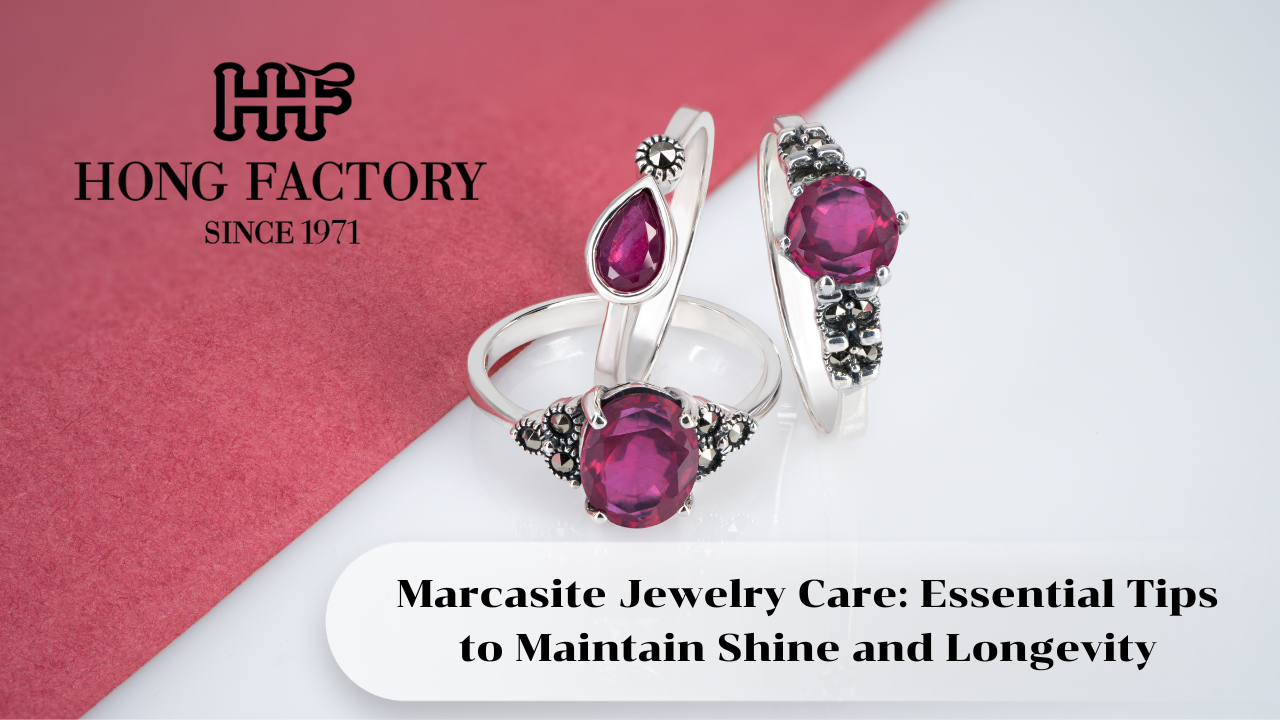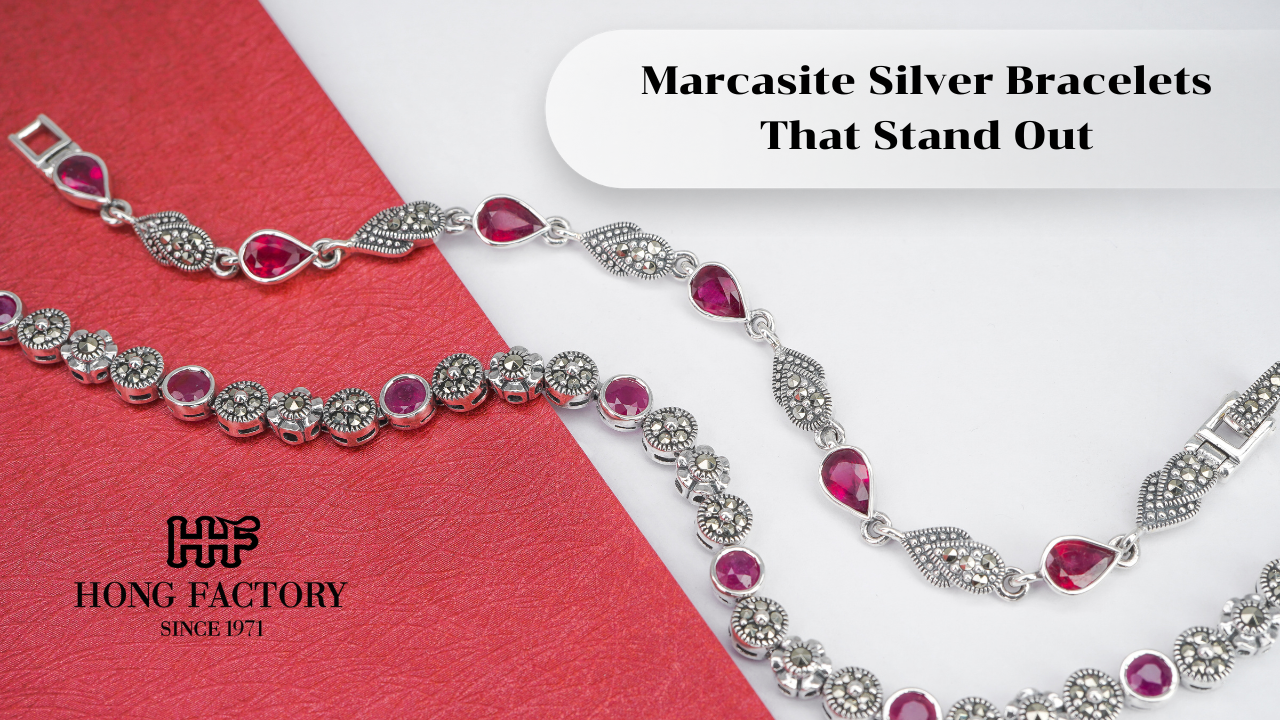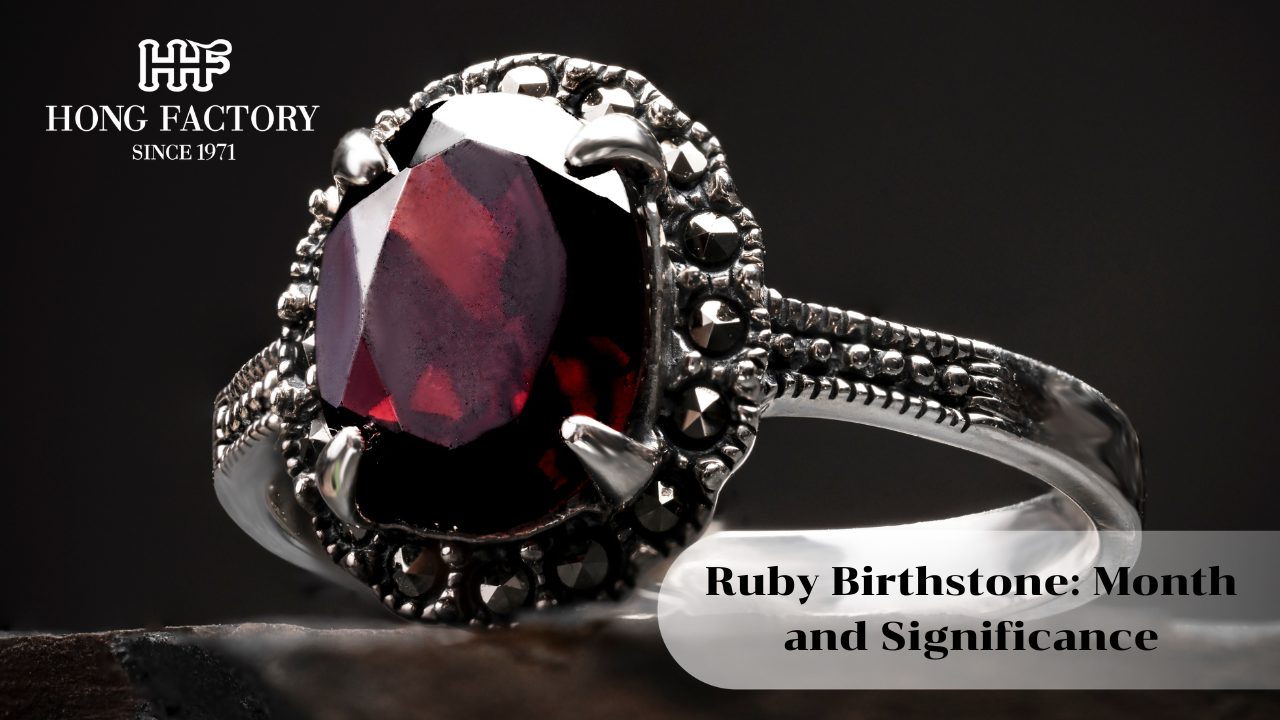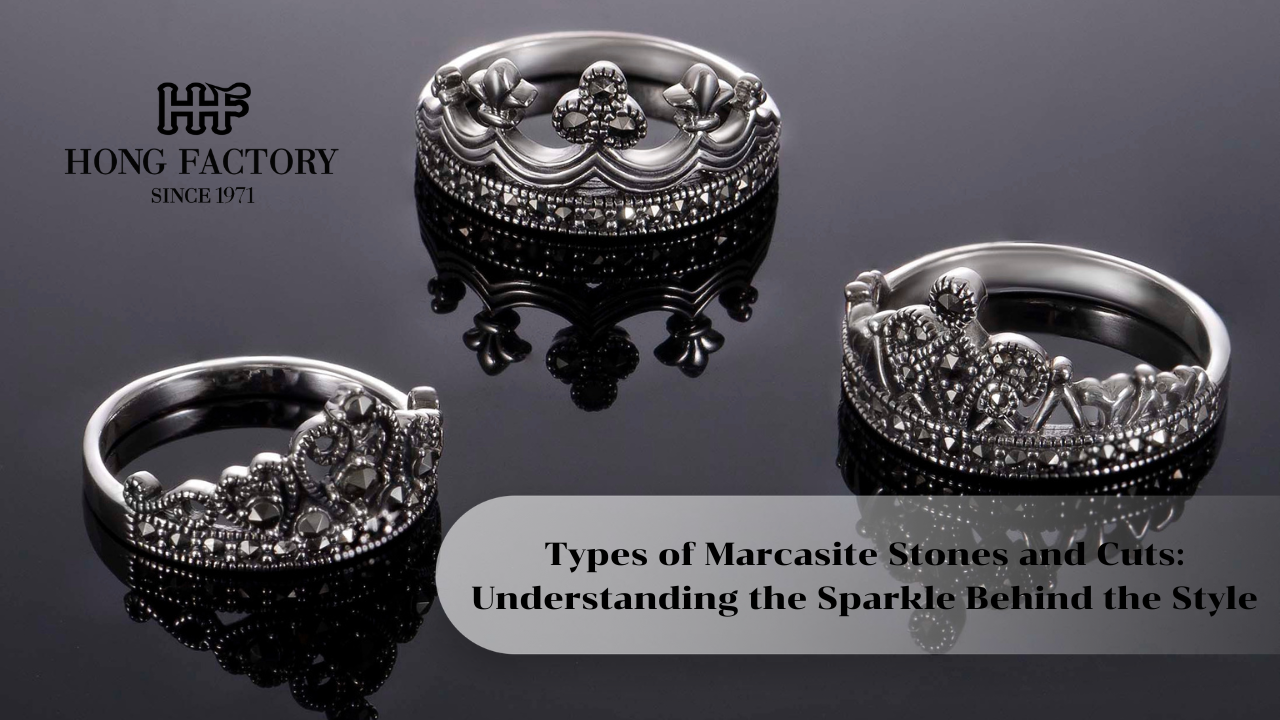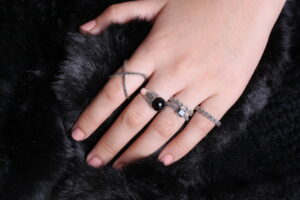
Mood rings have traveled from childhood nostalgia to modern accessory trends, catching the light and our curiosity with shifting shades that promise a peek into how we feel. But beneath their playful aura, many are left wondering: what do those mesmerizing colors on mood rings actually mean? If you’ve ever stared at your ring and tried to match its color to your mood, this guide will help you decode the most common colors and use your mood ring as a tool for self-reflection and style. marcasite
The Magic Behind Mood Rings
Mood rings might look like ordinary jewelry, but their charm lies in a layer of thermochromic liquid crystals. These crystals respond to the temperature of your skin, rearranging themselves and reflecting different wavelengths of light resulting in a full spectrum of vibrant hues.
While temperature shifts are the true mechanism, these rings have long been marketed as instant mood meters, with each color representing a specific emotional state. Even if the science is simple, using color to check in with yourself remains a fun and sometimes meaningful ritual.
The Most Common Colors and Their Meanings
Though every mood ring brand offers a slightly different legend, certain color interpretations have stood the test of time. Here’s what to know about the most common shades and their traditional meanings:
- Black:
Often signifies stress, anxiety, or feeling overworked. Black can also simply mean your ring is too cold or not being worn. In the “color language” of mood rings, it’s the color to watch for when you need a reset or extra care. - Grey:
Associated with feelings of unease, loss of energy, or uncertainty. It frequently appears when you’re restless or on the verge of being upset but also when you are physically cold. - Amber/Yellow:
Reflects mixed emotions, such as nervousness, excitement, or curiosity. If your ring glows yellow, it might mean you’re facing something new or feeling alert but unsettled. - Green:
The “balanced” color. Green typically signals calm, normal, or slightly positive feelings. It’s common when you’re relaxed, comfortable, or simply going about your day without stress. - Blue-Green:
Suggests genuine peace, stability, and positive focus. A blue-green shade is usually seen when you are at ease and in good surroundings. - Blue:
Traditionally stands for tranquility, optimism, and happiness. Many people notice a bright blue ring during periods of relaxation, creativity, or when enjoying a favorite activity. - Violet/Purple:
Represents passion, deep thought, love, and sometimes creativity. This color can appear during intense excitement, strong desire, or inspired moments. - Pink:
Suggests affection, warmth, and sometimes anticipation or playful moods. Pink may also pop up during new connections or when you’re simply feeling flirty. - Red:
Linked with heightened emotion think excitement, energy, or sometimes anger. Red is rare but unmistakable, signaling heightened physical or emotional arousal. - White:
Rare or sometimes not present in all rings, white can mean confusion, boredom, or a neutral baseline often just a result of the stone being too cold.
Colors on Mood Ring How to Read and Reflect
Understanding “colors on mood ring” can be more than a party trick; it’s a simple check-in tool to boost self-awareness. Here’s how to read your ring and what each color might suggest about the moment:
- Notice transitions: Does your ring change when you move from indoors to out, or when you take a few deep breaths? Watch for patterns that match your environment or headspace.
- Track your habits: Are certain colors more common during workdays, weekends, or special occasions? Use your ring as a colorful diary of your daily rhythms.
- Pair with self-care: If your ring drifts into darker tones, take it as a gentle invitation to relax, rest, or reach out for support. If you see blue or green, enjoy and appreciate your balanced state.
- Stay playful: Mood rings aren’t exact science but they offer a fun reminder to pause and notice how you feel then dress, act, or plan your day around that awareness.
Making the Most of Your Mood Ring
Wearing a mood ring is a daily exercise in both style and mindfulness. Here are a few ways to enjoy yours:
- Style with intention: Match your outfit to your ring’s current color soft blues for relaxing days, bold reds when you need energy, or neutrals for everyday calm.
- Check in with yourself: Let the ring cue brief mental resets: breathe deeply, set an intention, or savor a few mindful moments.
- Share with friends: Comparing colors with others can spark real conversations about emotions and well-being.

What Your Mood Ring Really Says
While mood rings can’t read thoughts or predict every emotion, they turn self-awareness into a playful, wearable art. Each shade, from tranquil blue to fiery red, invites you to reflect and respond to your own needs. Next time you glance down at the shifting colors on your mood ring, enjoy the fun of the forecast but remember: you’re the truest judge of how you feel, no matter what the color shows.


